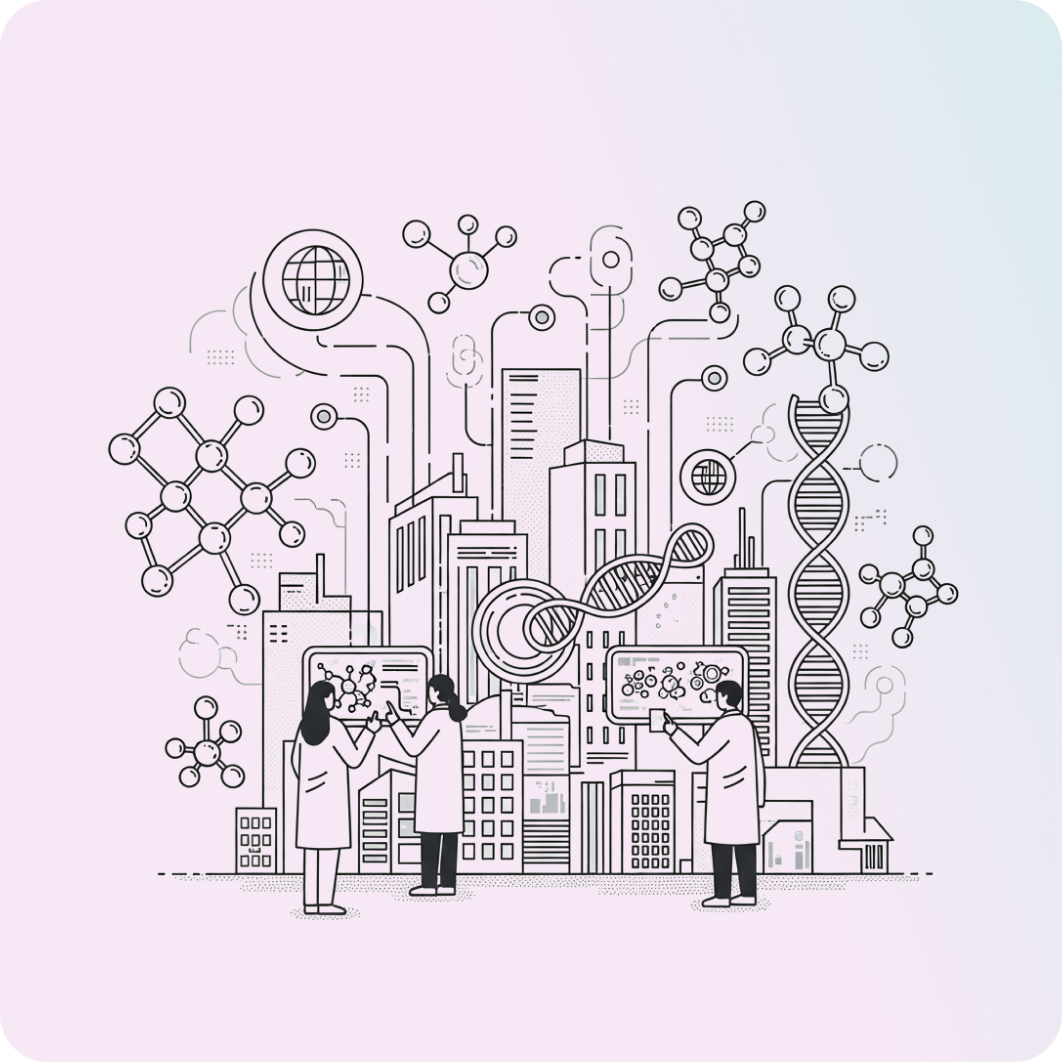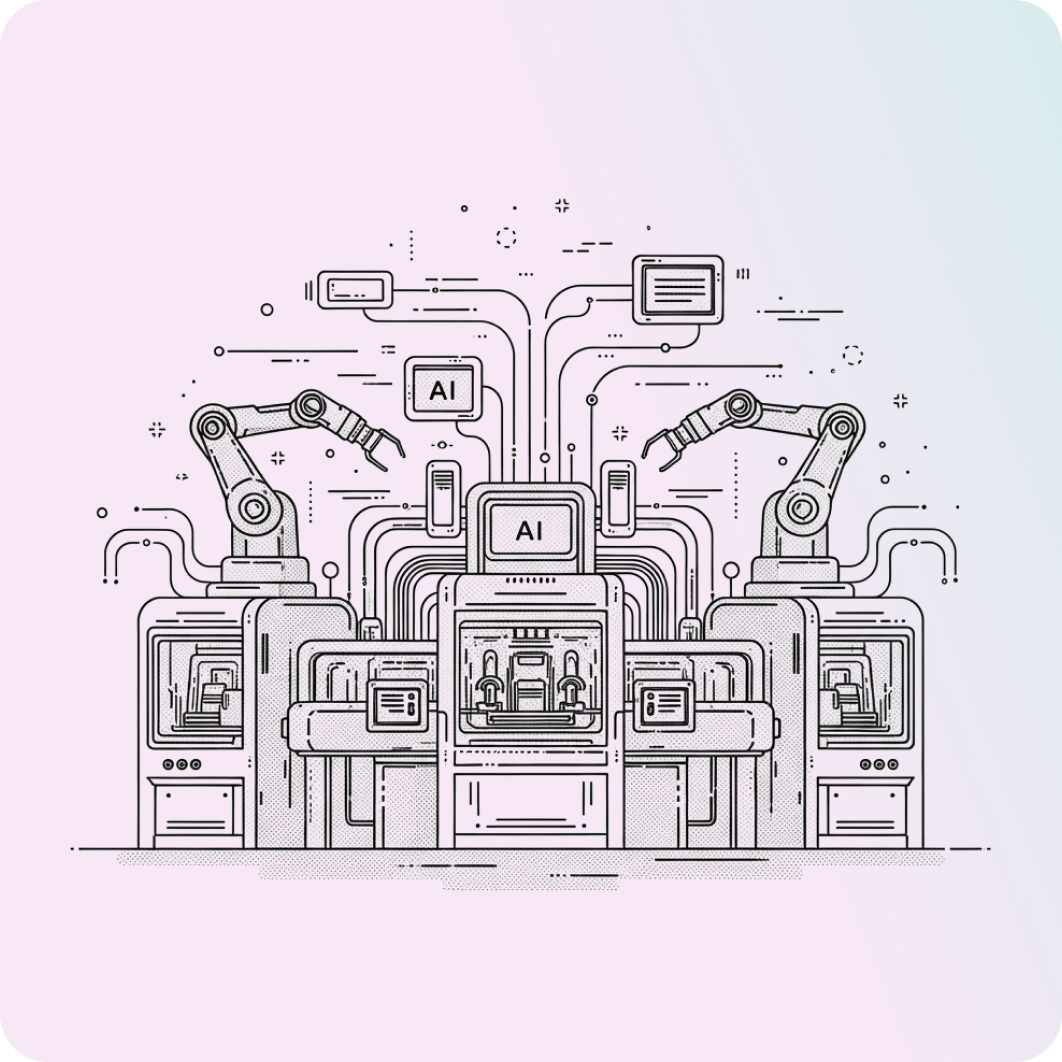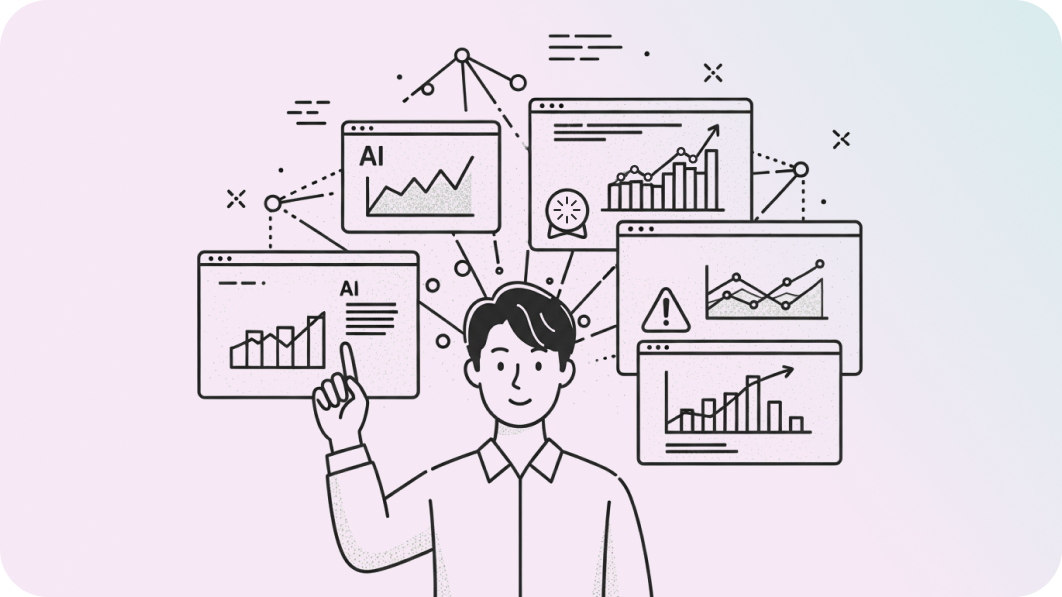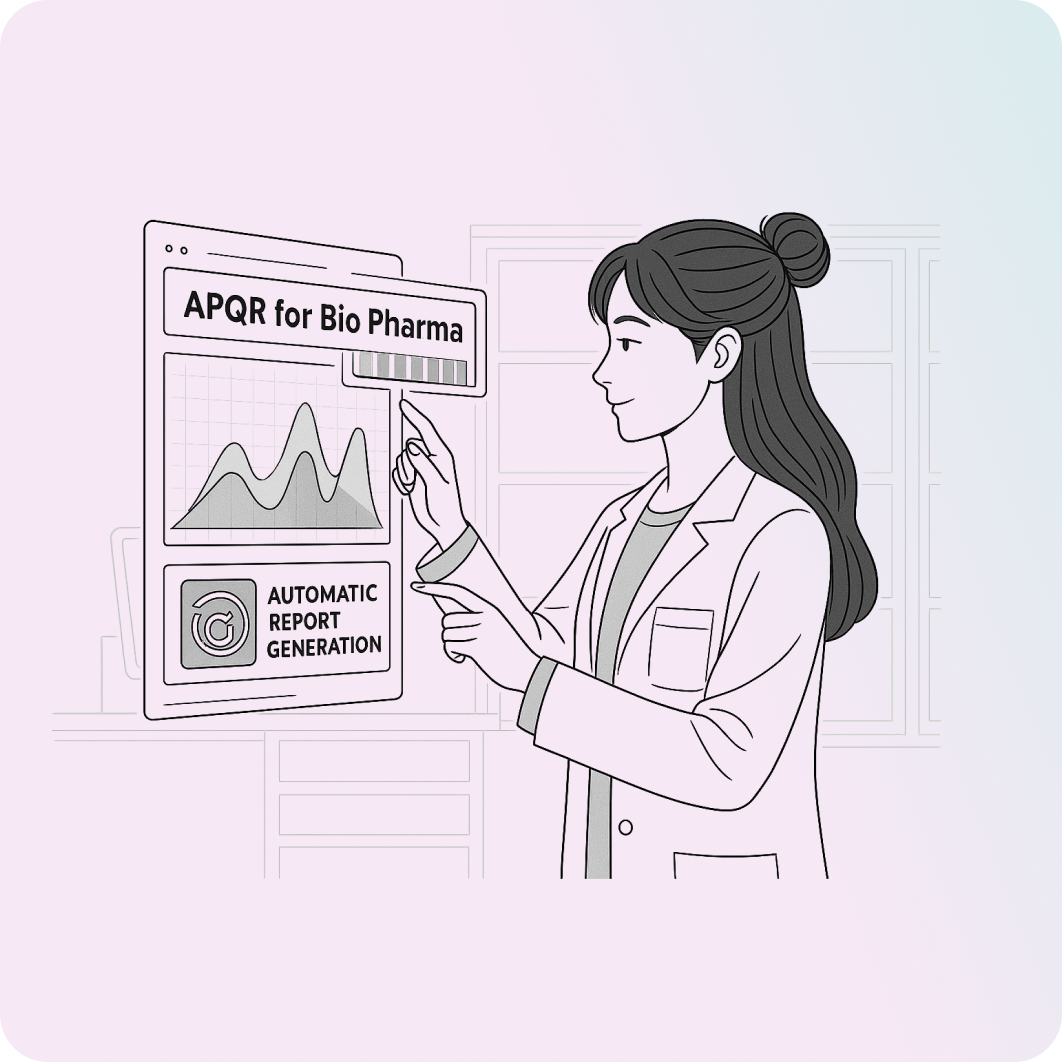To achieve sustainable growth and ensure profitability, pharmaceutical and biotech companies are expanding their product portfolios by diversifying pipelines and increasing the share of biopharmaceuticals and generics. The adoption of AI in the time- and resource-intensive field of new drug development is accelerating, with its application expanding beyond R&D to encompass production quality, marketing, and other key operations.
Effective data utilization has become critical for new drug development and efficacy evaluation. At the same time, technologies such as robotics-driven lab automation are advancing rapidly. Furthermore, as regulatory standards for pharmaceutical manufacturing quality and cold chain management tighten, regulatory compliance capabilities are becoming essential. Service specialization aimed at improving operational efficiency—such as CDMOs (Contract Development and Manufacturing Organizations) and pharmaceutical-focused 3PLs (Third-Party Logistics)—is also accelerating.

R&D Innovation
The pharmaceutical and biotech markets and customer demands are evolving rapidly. Companies are under pressure to secure technological competitiveness, shorten development timelines, and operate R&D resources and costs more efficiently.
R&D innovation—driven by AI-based product development, the digitization of experimental data, and laboratory automation—accelerates new product development and enhances productivity.
Major pharmaceutical and biotech companies, including L and T, are leveraging the LG CNS Multiomics Platform to apply AI to genomic data analysis and protein structure prediction, thereby accelerating new drug development and diagnostic solutions. They are also automating routine tasks through robotics-driven lab automation and establishing infrastructure for virtual and automated experiments, significantly enhancing R&D productivity.

Digitalizing Manufacturing Processes
For pharmaceutical and biotechnology companies, rigorous standardization and integration of manufacturing processes, production data, and change data—combined with real-time monitoring—have become essential to optimize production efficiency, ensure consistent quality control, and strengthen manufacturing competitiveness.
The digitalization of pharmaceutical and biotech manufacturing, using AI and big data, shortens planning timelines through market analysis, design automation, and virtual simulation. It also supports process innovation across core production systems such as master data, production planning, ERP, MES, and data warehousing (DW).
In partnership with LG CNS, pharmaceutical company D built a Manufacturing Execution System (MES) that reflects the complex and stringent regulatory requirements of the industry. By automating the entire process from raw material management to packaging, the company is achieving global standards in production and quality management.

Optimizing Logistics Automation
As pharmaceutical pipelines expand and demand for biopharmaceuticals rises, the importance of automated logistics warehouses, SCM (Supply Chain Management) innovation, and cold chain logistics continues to grow. However, traditional methods face limitations in responding effectively to increasingly complex logistics environments and in operating optimal processes.
Logistics optimization using automation, unmanned systems, and AI technologies enables pharmaceutical and biotech companies to simultaneously maximize their capabilities in planning and executing optimized logistics operations while achieving significant cost reductions and operational efficiencies. This level of optimization is powered by advanced equipment automation platforms, optimization algorithms, and RaaS (Robotics as a Service).
Company K has increased space utilization by automating its raw material warehouse. It is also innovating core processes, such as weighing and sampling, by using AMRs (Autonomous Mobile Robots) to reduce labor costs, increase operational speed, and enhance product quality. Company L maximized its logistics efficiency by fully automating the entire process from inbound to outbound logistics for a wide range of products, including temperature-controlled and small-batch items.

AI-Powered EHS and Regulatory Compliance
In the pharmaceutical and biotech industry, compliance with safety and environmental regulations is more than just an obligation. A company’s safety and environmental standards are now recognized as a competitive advantage in both employee protection and corporate social responsibility.
An AI-powered integrated environment, health, and safety (EHS) monitoring system, the Process Safety Knowledge Hub, and AI-based risk assessments help predict and prevent workplace accidents, improve employee adherence to safety protocols, and facilitate efficient compliance with various regulations.
For instance, after implementing LG CNS's Generative AI PSM (Process Safety Management) Interview Skill-up Solution, Company C incorporated AI-led interview simulations as a regular part of its training program, reducing preparation time and costs while fostering a stronger culture of safety awareness.

Creating and Utilizing Industry-Specific AI Services
Effectively leveraging industrial AI requires the ability to identify applicable tasks and a deep understanding of field-level data. Consequently, two elements are becoming increasingly important: an AX environment that empowers teams to execute AI initiatives easily and efficiently, and industry-specific AI services capable of generating tangible results.
The generative AI platform from LG CNS enables users to directly execute workplace-centric AI initiatives and services. It also includes the "APQR for Bio Pharma" solution, designed to prepare the Annual Product Quality Review (APQR).
By adopting this solution, pharmaceutical and biotech company C automated its previously manual APQR process using generative AI and rapidly generated global-standard reports. This, in turn, enabled the company to streamline R&D and quality assessment workflows and strengthen quality management across the entire product lifecycle.



